
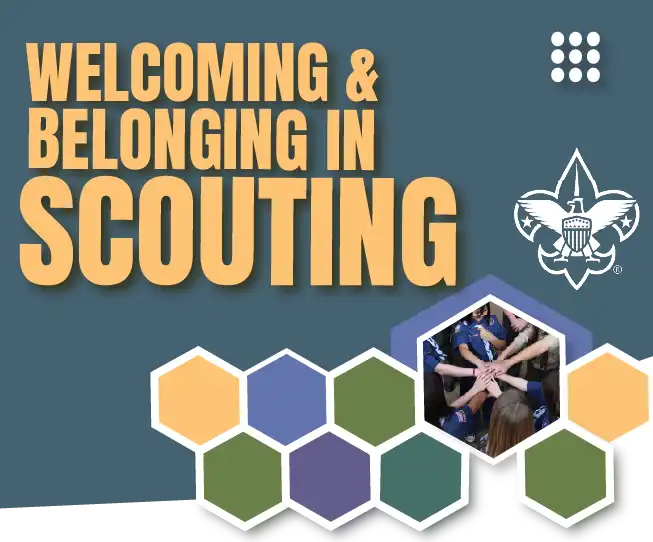
Scouting can be a very positive experience for youth of all ages. As Scout leaders, we can help youth recognize that they have a support network around them within Scouting. We need to recognize when help may be required and reach out for support when needed.
This page is a collection of resources to better help our leaders support our Scouts and create a sense of welcoming and belonging for all.
The #1 protective factor in youth mental health is a trusted adult.
General Acceptance
Youth (and adults) want to belong. In Scouting, we follow the Scout Oath and Law that says we will be Trustworthy, Loyal, Helpful, Friendly, Courteous, Kind,..Cheerful,.. and we will Help Other People at all Times. This doesn’t mean “some people”, but ALL people. To be accepted comes from accepting others. Leaders should be guiding examples of accepting and welcoming all youth and adults into the program.
How to Start a Conversation if you have Concerns
Curious: Curiosity is non-threatening and shows that you have an interest in another person’s perspective. Ask them if they want to talk. Listen.
Approachable: Create a safe space for someone to open up. Someplace they feel comfortable and minimizes distractions.
Refer: Be honest about not knowing the answers — you are not a trained professional, just a leader that cares. Encourage the young person to speak to their parents, their doctor, or a mental health professional.
Empathy: Listen, don’t be judgmental, and let them know you are there for them. Be alongside them in this journey, not there to rescue them.
Before any Scouting activity, set some Words to Live By *:
- We will follow the Scout Oath and Law
- We will respect ourselves and each other
- We are free to choose whether to participate in discussions or activities
- We will not gossip about anything shared within the group
- We will not post any photos or stories on social media that can be seen as cyberbullying or negative
* Taken from the UK Scouts Safe From Harm Mental Health Toolkit
Benefits of Scouting on Mental Health:
Scoutmaster Tip: If you see behavior in your group that is un-Scout-like, yell “3-4-5-6“. The 3rd, 4th, 5th, and 6th points of the Scout Law are “Helpful, Friendly, Courteous, and Kind“.
How do I respond to any issues that arise?
1. Support the Scouts – Be Calm & Clear
Calmly address the situation in the moment to support the Scout and address the behavior. Be clear about the expectation & steps going forward. Make sure all your Scouts are attended to.
2. Contact trained professionals
At camp:
Contact Camp Director
Other:
Call MCC Scout Executive Don Shepard
at 1-517-940-4093 and/or
the Scouts First helpline at 1-844-SCOUTS1
3. Call the parents
Parents need to know about any concerns you may have. While the Scout may not want this, be clear with them that you are required to talk to their parents. While you are a caring adult that is there to listen, you cannot keep secrets.
Mental Health
One in Five teens and young adults lives with a mental health condition. *National Alliance for Mental Illness
50% of all mental illnesses begin by age 14. *Archives of General Psychiatry
We have “First Aid” for the body, but did you know there is “Mental Health First Aid”? All leaders and trusted adults should consider training in or reading up on Youth Mental Health First Aid. Courses help you recognize common signs and symptoms and how to interact and connect with youth that need help. Leaders are not trained professionals, but they can provide the first line of detection and support until qualified professionals can provide full care.
Mental Health Resources
- BSA Safety Moment: Psychological First Aid
- BSA Safety Moment: Suicide Prevention
- Youth Mental Health First Aid Course website
- Youth Mental Health First Aid Course Flyer
- National Alliance on Mental Health Illness – NAMI
- Able Scouts Course on Anxiety, Depression and Mental Health
- National Suicide Prevention Lifeline
- UK Scouting’s Toolkit on Mental Health (includes lessons for youth)
Mental Health First Aid Action Plan:
A – Assess for risk of suicide or harm
L – Listen non-judgmentally
G – Give reassurance and information
E – Encourage appropriate professional help
E – Encourage self-help and other support strategies
If this is a crisis situation, please dial the
Suicide and Crisis Hotline at 988
If this is an emergency situation where someone is in imminent danger of harming themselves or others, please call 911
Facilitating a Suicide Prevention Session: A Guide for Scoutmasters and Others
Suicide looms as a growing problem for youth and their families. Depression, suicidal thoughts, and suicide can be sensitive and difficult topics to speak about openly, but studies show acknowledging and talking about suicide may reduce suicidal ideation. Help is available in many forms for those struggling with mental health. This guide has been prepared to help leaders facilitate a suicide prevention session at a troop meeting. Please read the entire document before taking any further action.
What are the behaviors that might show that a youth might need help?
The four main areas of concern are: Lack of Eye Contact, Poor hygiene/self-care, Eating changes, and Sleeping changes
Other things to look for:
- sadness, or a low mood that does not go away, such as being tearful or frequently upset
- have bad dreams
- start avoiding everyday activities, such as seeing friends, going out in public or going to school
- interact less with friends and family
- talk about feeling guilty or worthless
- feel empty or unable to feel emotions (feeling numb)
- being indecisive
- not being be able to concentrate
- not being interested in things they used to enjoy
- being irritable or grumpy all the time, or having angry outbursts
- feeling tired and exhausted a lot of the time
- have problems with sleeping or eating
- having a lot of negative thoughts
- keep thinking that bad things are going to happen
- becoming restless
- abusing alcohol or drugs
- talking about suicide, or have thoughts about suicide or self-harming
- actually self-harming
“There is no normal life that is free of pain. It’s the very wrestling with our problems that can be the impetus for our growth.” — Fred Rogers
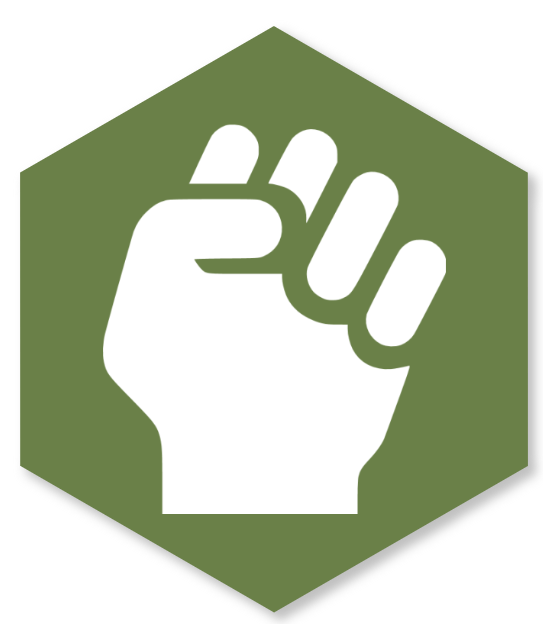
Bullying
The idea that a Scout should treat others as he or she wants to be treated—a Scout is kind—is woven throughout the programs and literature of the Boy Scouts of America. When a Scout follows the principles of the Scout Oath and Scout Law, bullying and hazing situations should never occur.
5 Ways to Stop Bullying and Intolerance
- Recognize the bullying and respond
- Create Dialog with youth about bullying and intolerance
- Encourage Bystanders to become “Upstanders” — people that stand up for themselves and others
- Foster Safety and Inclusion, creating a welcoming environment and culture
- Educate your Community
Did you know… That the BSA has two articles on Bullying that can be shared with leaders and youth?

Gender Identity / Sexuality
As kids and teens grow up, they are constantly questioning and learning about themselves. They learn their strengths and weaknesses, figure out career paths and navigate their place in the world. It is normal for youth to question their gender identity/sexuality as well, and trusted adults are their to support the questions and concerns that arise. Leaders spend a lot of time with these youth, and it is inevitable that questions and issues will come up during Scouting events. The BSA policy on gender identity is that no youth is excluded from Scouting based on who they are; they will be respected and encouraged to join the unit that matches their identity.
Gender Identity/Sexuality Resources
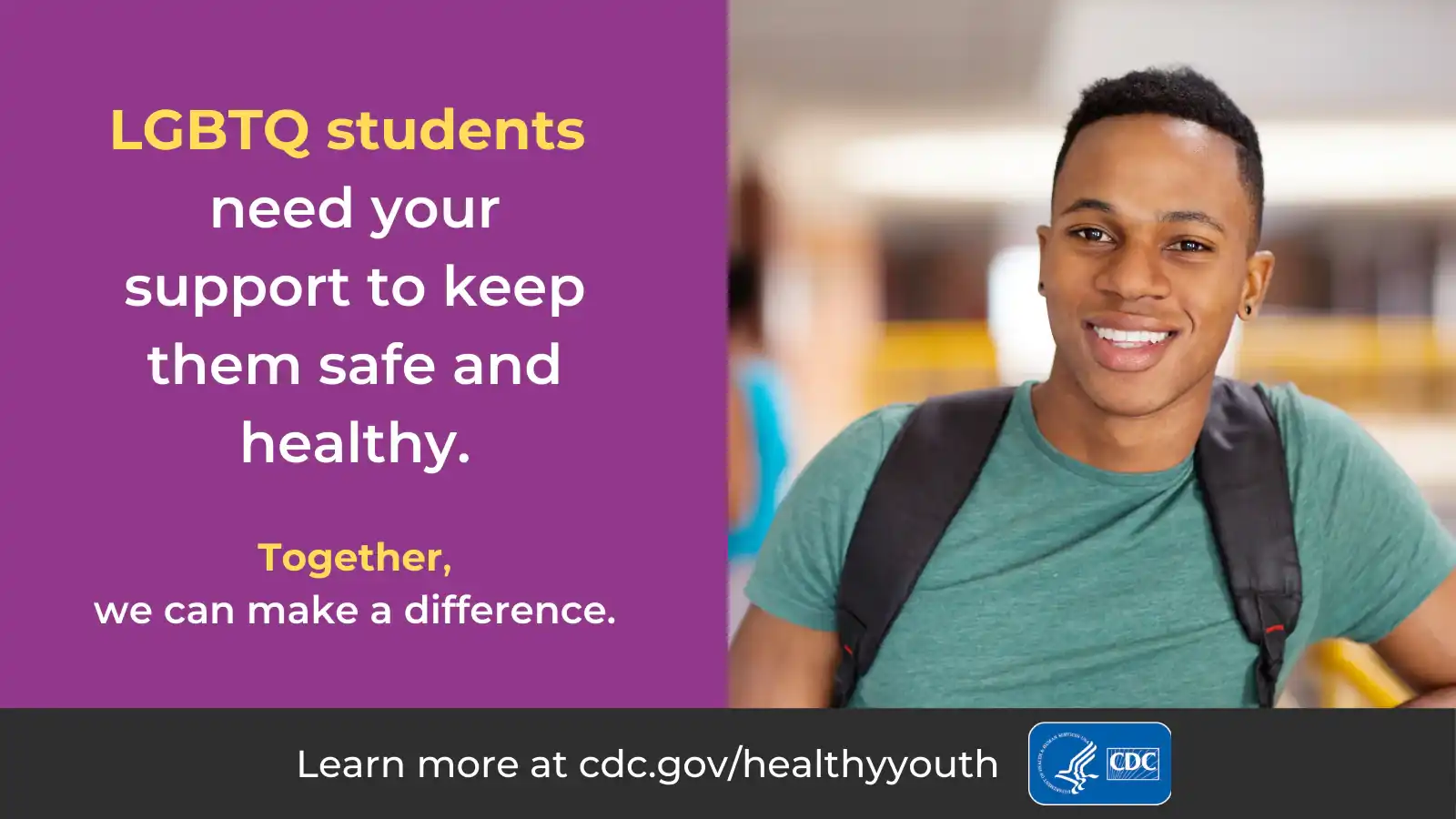
Gender vs Sexuality: What is the difference?
These two words are often thought as related or the same, but they are very distinct from each other. Knowing the difference will help you as a leader or parent better respond to a youth’s needs.
Gender is a person’s concept of themselves as a man, woman, and/or non-binary. People define and express their gender identity in difference ways, as man, woman, gender nonconforming, genderfluid and other ways.
Sexuality refers to who a person is attracted to romantically and/or physically. There are many different sexual orientations, but gay, lesbian, heterosexual, and bisexual are the most well known.
Gender Identity/Sexuality Definitions
Gender Identity: A person’s inner sense of being male or female, which sometimes conflicts with one’s biological gender. This is about self-perception.
LGBTQI: Abbreviated term for lesbian, gay, bisexual, transgender, queer or questioning, and intersex. Commonly used is LGBTQ.
Lesbian: The preferred term (rather than homosexual) for a woman who feels sexual, emotional, or romantic attraction to other women.
Gay: The preferred term (rather than homosexual) for a man who feels sexual, emotional, or romantic attraction to other men. It’s also used as a general term for same-sex attraction, sometimes referring to both gay men and lesbians.
Bisexual: Sexual, emotional and romantic attraction to both men and women, though not necessarily at the same time.
Transgender: Someone whose gender expression and/or gender identity differs from the sex assigned at birth. It is an umbrella term describing a broad range of people who experience and/or express their gender differently from what most people expect.
Queer: A term for those who feel outside societal norms of sexual or gender identity.
Questioning: A term used to describe those who are in a process of discovery and exploration about their sexual orientation, gender identity, gender expression, or a combination thereof.
Intersex: A person who is born with external genitalia, internal reproductive systems, or chromosomes which are not typically male or female.
Asexual/Asexuality/Ace: A broad spectrum of sexual orientations generally characterized by feeling varying degrees of sexual attraction or a desire for partnered sexuality. Asexuality is distinct from celibacy, which is the deliberate abstention from sexual activity, despite sexual desire.
Ally: A term used to describe someone who does not identify as LGBTQ but who is supportive of LGBTQ individuals, often a family member or friend.
Genderfluid: A person is flexible in regard to the gender with which they identify. They do not identify with a single, unchanging gender.

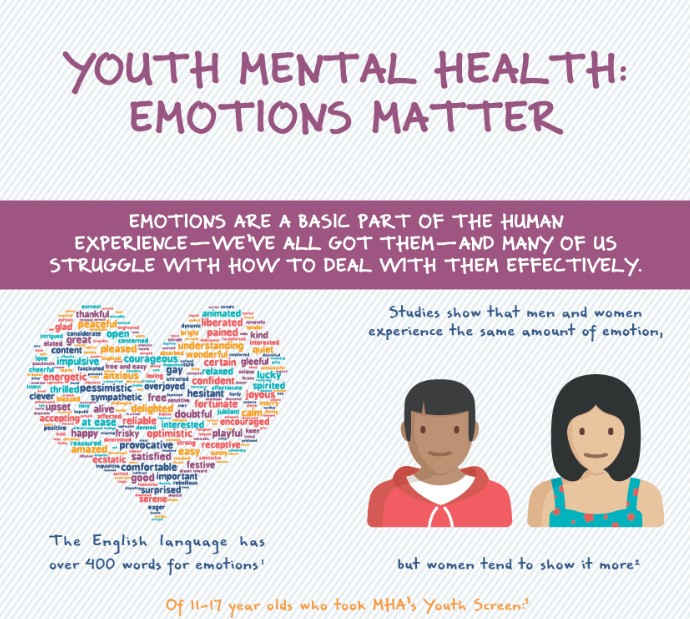
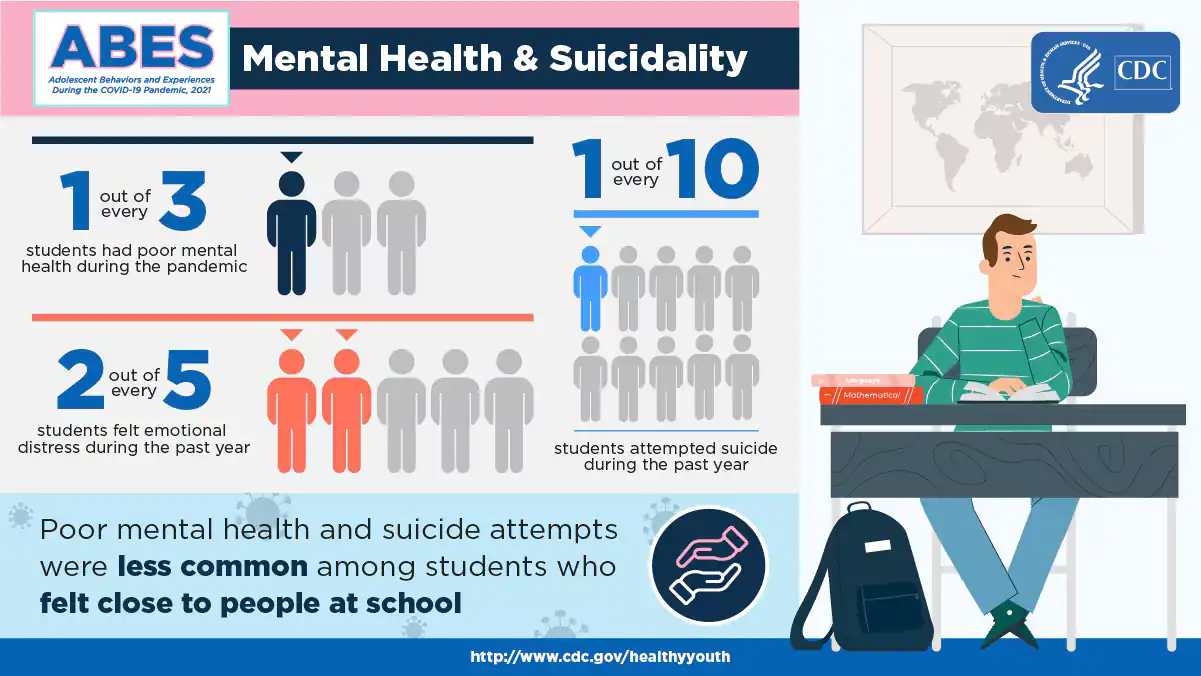
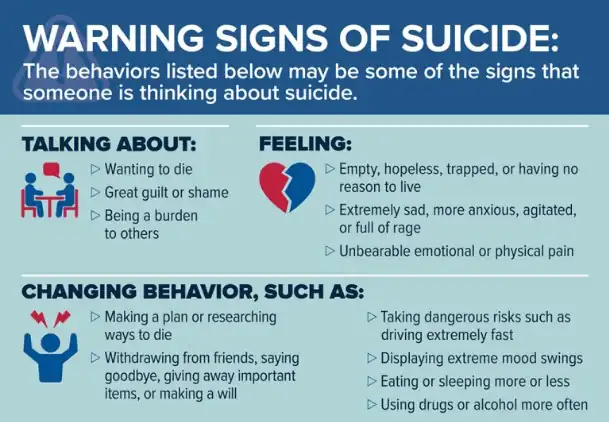




Social Media
54% of teens report that it would be hard to give up social media * Pew Research Center
32% of teens say social media has had a mostly negative effect on people their age * Pew Research Center
Many studies exist on the harm that social media can have on our youth, with the following being the most researched:
Social Media Resources
Social Media Terms/Platforms